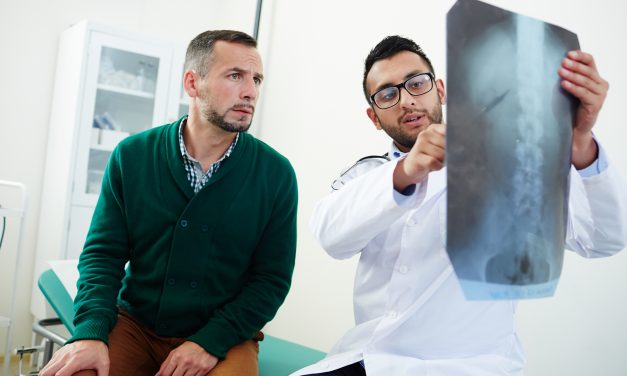
MRI Appearance of Rotator Cuff Tears
The assessment of the rotator cuff tendon is one of the most common reasons for MR imaging of the shoulder. Most frequently, the study is ordered to rule out a tear. If a tear is present, it is important to define the type of tear and quantify any defects. This information may be useful in determining if conservative care is warranted, or surgery is indicated.
Read More
























